Nokia
Latest

Six futuristic phone designs
By Cat DiStasio Cell phone technology continues moving forward year after year, but many of the developments are incremental—a better camera, more storage space, or a faster processor. Those are just the improvements that make it to the mass market, though. There's is a whole world of innovative developments in cellular phone design and technology that most people have never heard a word about, and some of them even come from leading cell phone manufacturers. Nokia, for instance, has developed a cell phone that can recharge in your pocket and other models made from largely recycled materials. Other companies are working hard to develop modular phones that are easier to repair and upgrade, thereby cutting down on electronic waste. It's impossible to know which of these futuristic technologies we'll actually be able to get our hands on, but it's fun to dream about what kind of features your cell phone might have in another five years.

Nokia's VR camera gets a $15,000 discount
Nokia's trolley-dash approach to business means that it now makes health gadgets and professional-level VR cameras. The latter arm sells one product, a $60,000 VR camera called Ozo which is bought by studios like Disney and UEFA. In order to gee-up demand and to celebrate launching in China, Nokia is now hacking $15,000 off the asking price for the gear. The first customer to grab the unit in the middle kingdom is LeVR, the surprisingly-named VR arm of Chinese superconglomerate LeEco. From this we can take one of two things: either Nokia overpriced the hardware, or it's so staggeringly popular that everyone (in the industry) wants one.
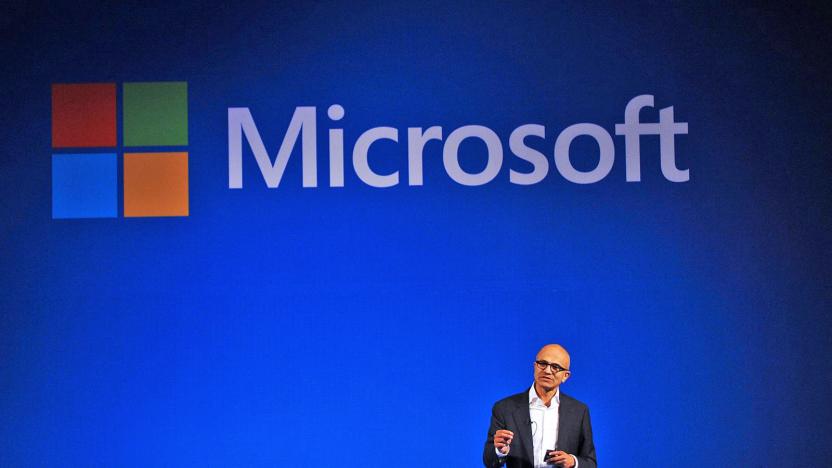
Microsoft is laying off 2,850 more workers
Microsoft is cutting an additional 2,850 jobs on top of 1,850 announced in May 2016, meaning it has laid off over 10 percent of its workforce in the last two years. Most are ex-Nokia employees from its mobile hardware division, it said in its annual SEC filing. That means Microsoft has almost nothing left of its $7.2 billion Nokia acquisition, originally intended to make it a smartphone hardware player. The software giant has already notified 900 of the employees and will complete the remaining layoffs by mid-2017.
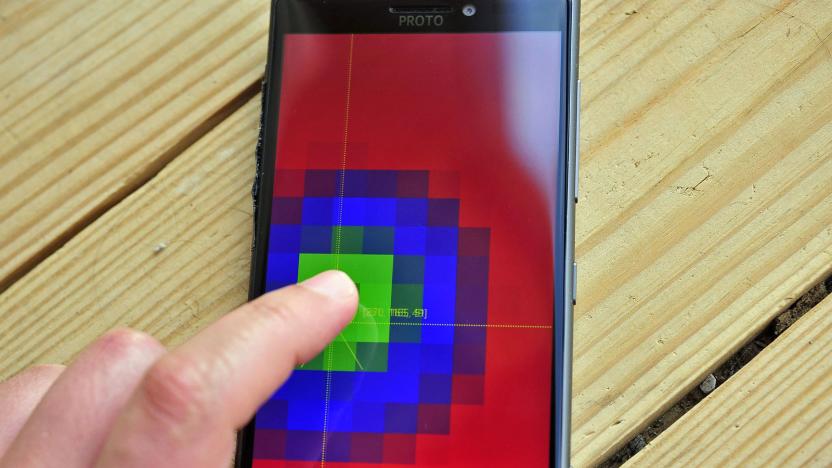
Microsoft's never-released 'McLaren' phone gets a review
Remember Microsoft's Nokia-branded McLaren smartphone? It was supposed to carry the torch for Windows Phone in late 2014 through its exotic 3D touch input (which Apple wouldn't have until 2015), but it was cancelled just months before launch for reasons unknown. However, the ill-fated device is finally getting its moment in the spotlight. Windows Central has reviewed a McLaren prototype, and it's clear that the Microsoft mobile team was on to something... if not as much as it first thought. Its proximity sensor-based 3D touch not only works, but showcases a few clever tricks. Live Tiles could expand into sub-tiles as your finger got closer, and it could keep the screen awake so long as you held the phone in your hands.

Withings' latest scale can gauge your cardiovascular health
Nokia recently bought Withings for $191 million and immediately put it in charge of its entire digital health business. The Finnish company may have been persuaded in part by the Body Cardio, Withings' new flagship scale that launched today. On top of measuring your body mass index (BMI) and composition, it can judge your cardiovascular health by measuring how quickly blood pumps through your body. "It's the most advanced product we've ever made and the product that most represents Withings' DNA," co-founder Eric Carreel tells Engadget.

Microsoft kills what's left of the old Nokia
Last week, Microsoft sold off what remained of Nokia's feature phone business while Windows Phone's market share slid below a single percent. Now, the company has taken what's clearly the last step in correcting Steve Ballmer's decision to purchase the mobile world's former number one. The Verge has secured an internal memo from Microsoft's Terry Myerson saying that the company will cull 1,850 jobs, 1,350 of which are in Finland. The company has also recorded a $950 million impairment and restructuring charge on its balance sheet, of which $200 million will be severance payouts to those employees.

Nokia will return to mobile with Android phones and tablets
The Nokia brand will return to the smartphone market. Just as Microsoft announced it's offloading Nokia's old feature phone business to a Foxconn subsidiary and a mysterious Finnish company called HMD Global Oy, Nokia has revealed that HMD is also acquiring the relevant rights to use the Nokia name on smartphones and and tablets for the next ten years. That means we'll start seeing "Nokia-branded" phones and tablets very soon. And they'll be running Android.
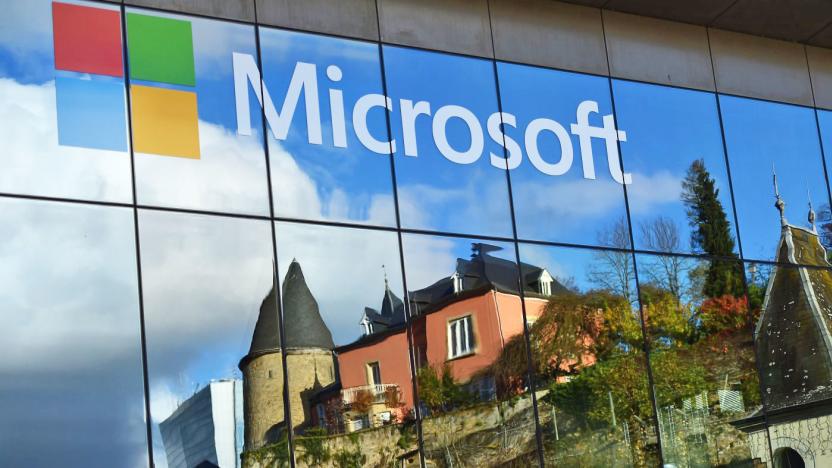
Microsoft sells Nokia's feature phone business to Foxconn
Microsoft has signed a deal with FIH Mobile, a subsidiary of Foxconn to sell what used to be Nokia's old feature phone business. The outfit, that still produces low-end handsets like the 222 and 230, has been sold to FIH Mobile for $350 million. It'll now come under the control of the manufacturing giant that produces (pretty much) every device you can think of. Microsoft is also handing over a manufacturing plant in Hanoi, Vietnam, as part of the deal. In addition, 4,500 employees responsible for producing the devices will be given the opportunity to join the Foxconn family.

Some Euro 2016 soccer games will be shot in virtual reality
The Union of European Football Association, more commonly known as UEFA, has revealed that it will be filming matches in virtual reality at the Euro 2016 Finals. The tournament, which takes places in France starting June 10th, brings together the best 24 teams from Europe -- including England, Germany, Spain and Cristiano Ronaldo's Portugal. According to The Daily Mirror, UEFA is going to use dozens of Nokia's $60,000 OZO cameras to capture 360-degree video inside stadiums, although it's unclear what the organization plans to do with the footage.

Nokia bought Withings to take on Apple's HealthKit
Nokia just reentered the consumer market by acquiring well-regarded fitness tracker manufacturer Withings for $191 million. But why now, and why wearables? Nokia President Ramzi Haidamus explains that Nokia has been developing a digital health strategy called WellCare, something that sounds similar to Apple's HealthKit. He says that the acquisition of Withings -- which makes not only wearables but also scales, blood pressure monitors and other medical devices -- will accelerate its plans.

Nokia will buy Withings for $191 million
Nokia has announced that it's going to buy Withings for €170 million ($191 million). The French health and wearables company will become a division of Nokia Technologies, home to the Ozo Camera and N1 Tablet. It's another step towards Nokia's re-emergence as a consumer brand after Microsoft bought its phone division in 2013. In a statement, Nokia's Ramzi Haidamus said that his company is now uniquely positioned "to lead the next wave of innovation in digital health." Withings CEO Cedric Hutchings agrees, saying that he was "excited to join Nokia to help bring our vision of connected health to more people around the world."
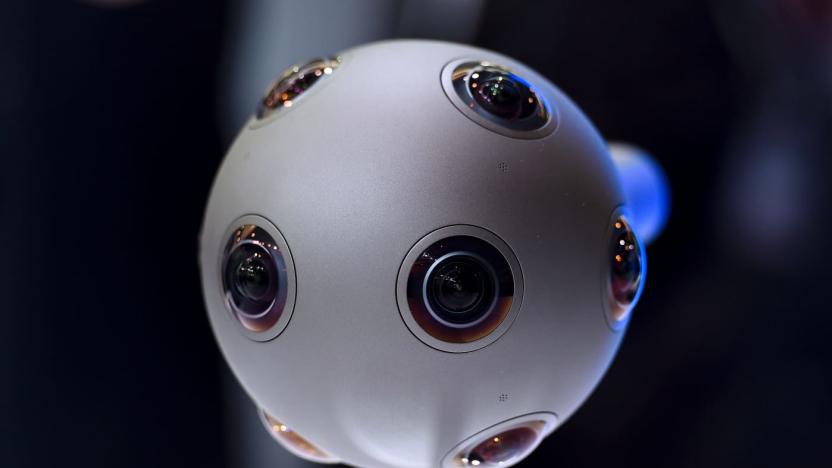
Disney forges a deal to use Nokia's VR camera
Nokia's Ozo virtual reality camera might have been a big gamble for a company best known for its former cellphone business, but it appears that this roll of the dice is paying off. Disney has struck a deal with Nokia to create VR "experiences" using the Ozo camera. Don't expect feature-length movies, at least not yet. This is more about making complements to those movies, such as the 360-degree cast interview for The Jungle Book.

The collapse of Microsoft and Nokia's mobile business
Microsoft's smartphone business is in free fall, with the company selling just 2.3 million devices in the last three months. It's likely that you'll still be able to buy a Microsoft-branded smartphone, but it's probably not something the firm will devote a lot of time and energy to. After all, making phones is an expensive business, and if there's no chance to make any sort of profit, it's not worth the effort. If you've been watching Microsoft over the last five years, it'll come as no surprise that its smartphone plans have foundered. If you want to explore the evolution and collapse of Microsoft's mobile ambitions, check out our timeline.

Nokia's Ozo camera now broadcasts live VR
Now that live virtual reality is hitting the mainstream, you need a camera to make it happen, don't you? Nokia is happy to help. It's creating a live VR broadcasting option for its Ozo camera that will show 360-degree video as it happens, complete with spatial audio. You aren't likely to use this yourself when it costs about $60,000 to get an Ozo, but it'll be a big deal for streaming providers and other broadcasters that want to experiment with VR. It'll reach a handful of partners in the spring, and should be widely available this summer.

6 next-gen green cell phones
By Cat DiStasio In the grand scheme of things, mobile phones haven't been around that long. Less than 20 years ago, hardly anyone had one, and devices of that era certainly weren't capable of doing what today's smartphones can do. Cell phone technology progresses so quickly, in fact, that most users are prone to replacing their phones with new ones every few years -- even if the old one still works -- just to have something with longer battery life and a better camera. This behavior is inspiring designers to create more sustainable handsets: some with easily upgradable modules, some made with recycled materials and some that charge themselves with little or no interaction from the user. Although a few of these technologies are still in the conceptual phase, it's easy to imagine that they could be available within the next few years -- right about when you'll be thinking about replacing the phone you have now.
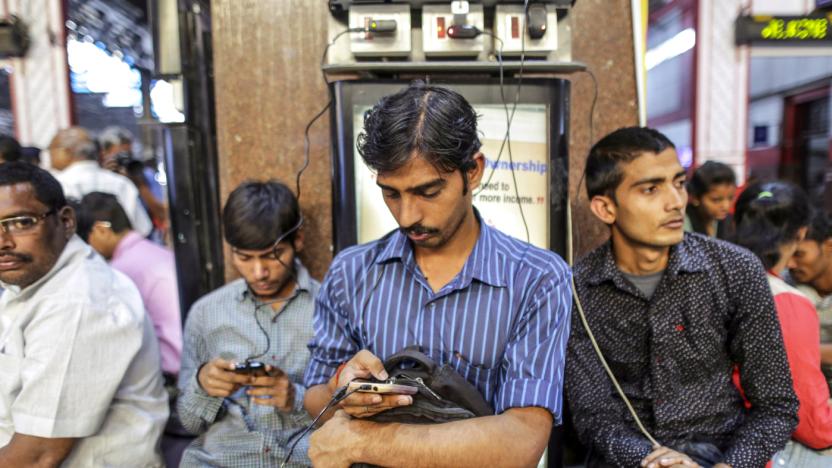
Facebook, Intel and carriers team up to rethink telecom networks
Facebook set out to create a better home for your data with the Open Compute Project, but that's only part of the problem -- without good telecom networks, you can't get that data. That's where the company's new Telecom Infra Project aims to help. The partnership with 30 companies (including Intel, Nokia and multiple carriers) hopes to improve the cost, speed and reach of networks through open, collaborative designs. Ideally, you'll see technologies like 5G arrive faster, and data service in rural areas where it would normally be impractical.
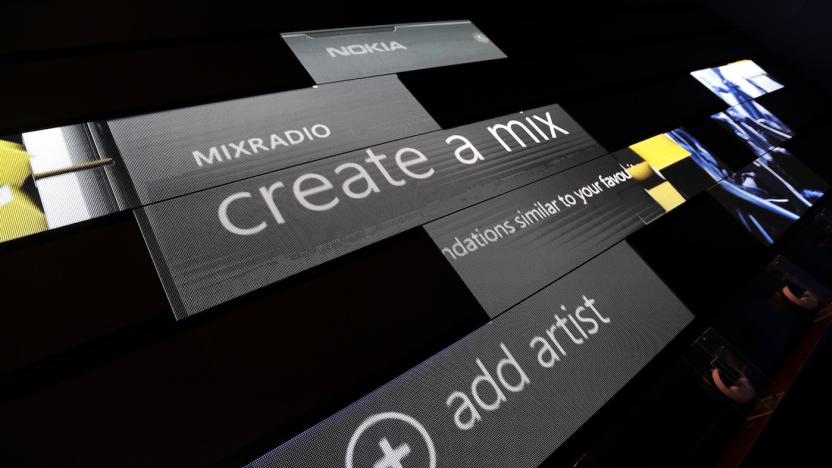
Former Nokia music service MixRadio is shutting down
When Nokia signed a deal with Microsoft to license Windows Phone, the Finnish smartphone maker built a suite of apps to help lure iOS and Android users to the platform. It launched dedicated navigation and camera apps, but also a music app called MixRadio. The free streaming service, which started life as Nokia Comes With Music in 2007, remained exclusive to Windows Phone until shortly after Microsoft acquired Nokia and the software giant deemed MixRadio surplus to requirements. After little more than a year, its current owner, Japanese messaging firm Line, has also decided enough is enough and announced today that will shut down the streaming service.

Nokia president talks Ozo and the company's big VR bet
"We had some projects in augmented reality. We had projects in the camera. We had projects in head-mounted displays," says Nokia Technologies president Ramzi Haidamus, speaking to Engadget at the Sundance Film Festival about the company's virtual reality pivot. "We had projects all over the ecosystem, so to speak. And it was a combination of: How good are we technically? How well are we protected from an IP perspective? And finally, where is the area where we're going to get the biggest advantage from the time to market?"

Nokia's next move is VR with this $60,000 OZO camera
Nokia announced its new hardware a few months ago, and tonight at an event in Los Angeles revealed it's opening preorders for the OZO virtual reality camera. A professional-level device capable of recording its surroundings in 360-degree spherical video, it will require a mere $60,000 -- with $5k down payment up front -- to secure one when shipments start in Q1 2016. The full specs are also out now, revealing it uses eight synchronized 2K x 2K camera sensors, which record to a 500GB solid state drive that can hold up to 45 minutes of footage. Pros like Jaunt are apparently using the new camera for their VR capturing, and now you can too. You can see the full list, along with accessories like its $1,500 docking station on the OZO website, while you ponder what amazing life experiences justify that pricetag.

Microsoft Lumia 950 review: Not a flagship, but a first step
After years of misguided attempts at mobile, Microsoft is ready for a fresh start. While Windows Phone 8 and 8.1 mostly just looked like their desktop counterparts, Windows 10 Mobile aspires to something even more substantial. This time, Microsoft tried to build a mobile platform -- and a phone -- that can seriously replicate some of those big-screen experiences. Rather than just peck out emails and rough drafts on the new Lumia 950, Windows 10 makes it possible to connect a keyboard, mouse and display and let Universal apps like Word and Outlook to get more done. Microsoft doesn't think the Lumia 950 is a new phone as much as it a symbol of something new -- a standard-bearer for a kind of mobile computing that won't be contained by a single box in your pocket. Their vision is ambitious, and who knows! They might be right about all of this. For now though, it's clear Microsoft still has plenty of work to do.









